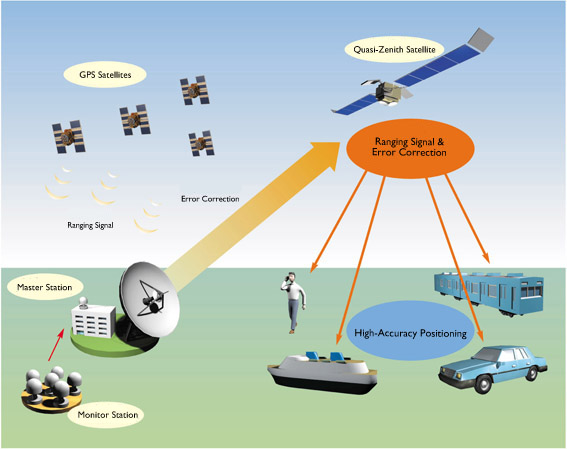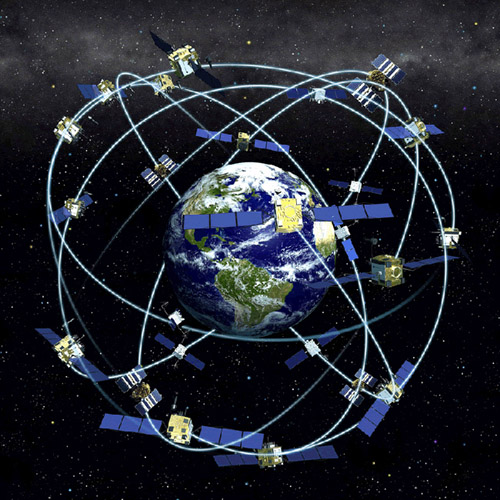
How GPS Works
In the last couple of years we have almost taken for granted how GPS systems have had an impact in our everyday lives.
GPS devices, like the popular GPYes Tracket OBD GPS Tracker, are not only located in the car, but also in hand-held units, wristwatches, mobile telephones, and HD camcorders.
These GPS units have become very useful in showing and telling us how to get to a particular location or a point of interest. As well as guiding us through traffic, and providing us with alternative routes whether we are walking, cycling or driving.
Not to mention warning us of speed and red light camera locations. Modern GPS units can also determine our speed and the approximate time when we will reach our destination.
Have you ever wondered how GPS actually works? It seems like magic that GPS units in our cars, mobiles, handheld GPS units and other devices can navigate us to our desired location. Wether it be a specific address or Point of Interest such as a shopping center, gym or restaurant, to name a few.
GPS (Global Positioning System) satellites transmit signals to GPS receivers on the ground. These ground units do not transmit but only passively receive satellite signals.
GPS receivers need a clear view of the sky, so they are normally used only outdoors and they often do not perform well within built up areas, inside buildings, or under dense foliage.
The operation of the GPS system depends on a very accurate time reference, which is provided by atomic clocks at the US Naval Observatory. Each GPS satellite also has an atomic clock on board.

The exact location and current time is transmitted from each GPS satellite. All of these GPS satellites are synchronized so that they transmit these repeating signals at the very same instant at the speed of light.
The GPS receiver receives these signals at slightly different times because some of these satellites are at different distances away than others. the distance from the GPS satellites can be calculated by the amount of time it takes for each of their singles to reach the receiver. When the receiver can calculate the distance to at least four of those GPS satellites, it can estimate its position in three dimensions.
The global positioning system is actually a group of 27 satellites orbiting the Earth. At least 24 of those satellites are operational at all times. They are operated by the US air force and orbit the Earth twice every 24 hours. Stations on the ground are used to precisely track each satellites orbit. The orbits of the satellites are arranged so that anywhere on the Earth there are at least four satellites visible in the sky.

How GPS Works to Determine Your Position
A GPS receiver locates four or more of these satellites to figure out the distance to each one. It then uses this information to calculate its own location. The GPS receiver knows the location of the satellites because that garter is transmitted from the satellites. By calculating the distance from a satellite receiver also knows its location on the surface of an imaginary sphere centred at the satellite. It determines the sizes of several spheres, one for each GPS satellite will stop the GPS receiver is then located where these numerous spears intersect.
Accuracy of GPS
The accuracy of your location determined by your GPS receiver depends on its type. Handheld GPS units generally have an accuracy of 10 to 20 m. Other types of receivers use differential GPS (DGES) for much better accuracy. The GPS and additional receiver which is fixed at a known location close by. The stationary receiver makes observations to correct positions which are recorded by the moving GPS units. This produces an accurate position greater than 1 m. Initially timing errors were included in GPS transmissions to limit their accuracy for non-military GPS receivers to around 100 m. These timing errors were abandoned in 2000.
